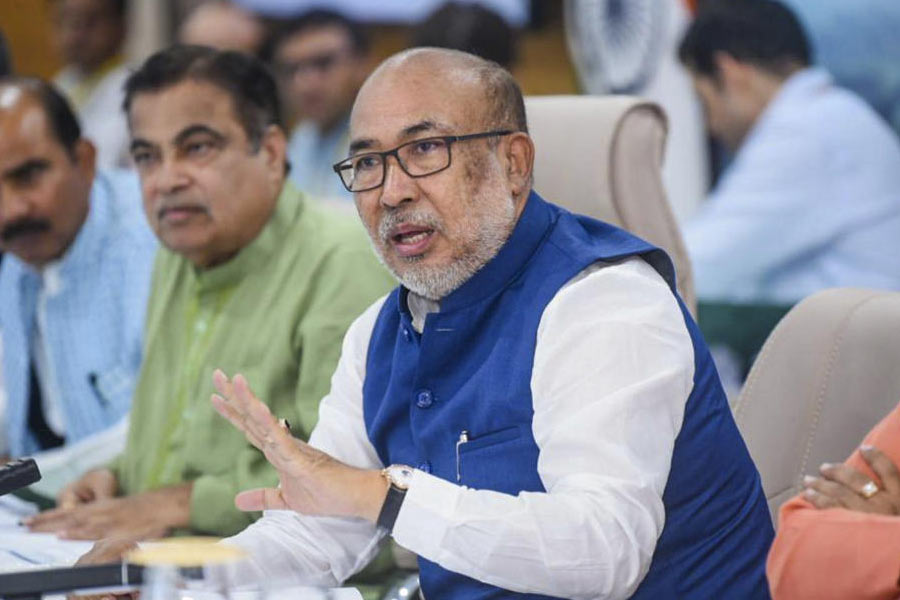The second reason the study cited for the failure of the odd-even plan in April 2016 may be more worrying for the Delhi government. According to the authors, by the time the second phase was implemented, Delhi's commuters had figured out a few tricks in the art of dodging the rules. By April, commuters had begun arranging for alternative private vehicles, say, a second car or a scooter, or they were covering or borrowing licence plates, the authors wrote.
They cited a study done in Mexico City where a similar scheme implemented in 1989 was circumvented by commuters by similar methods of cheating.
“Primary traffic surveys by the School of Planning and Architecture along several junctions around the city find that traffic volumes were higher during the second round of the programme than the first, and that there was a large shift to two-wheelers (Hindustan Times 2016). They contrast this with the January round when commuters chose carpool or use the public transport,” the study said.
Then is the odd-even car plan really a plan?
A study done by the Centre for Science and Environment (CSE) also found that the odd-even scheme was impactful in its first phase only in 2016 and the effect fizzled out in the second run.
“During odd-even, we found that even with a decrease in wind speed, the pollution concentration had decreased. It meant that it happened because of certain action.... We can’t say that odd-even is the best solution, but it’s a good emergency step by the government in case the pollution level reaches a severe stage,” Shambhavi Shukla, programme officer at CSE told this website.
She emphasised that the gains were temporary and should not be seen as the silver bullet to solve Delhi's air pollution problem. “This is just a preventive step by the government. Odd-even is definitely a Band-Aid-like thing. It helps in decreasing the peaking of pollution. What Delhi needs right now is long-term action, like improving last-mile connectivity, public transport availability, and stopping open burning,” Shukla said.
Neither study trashed the odd-even plan, but they highlighted the limited and temporary gains such a move would bring.
The BJP called the Delhi chief minister's move a 'publicity gimmick' meant to 'harass' people. Union road transport and highways minister Nitin Gadkari, who is facing criticism for the high traffic fines enforced this month, said there was no need for an odd-even scheme for cars as the new ring road built by the Centre was helping reduce pollution in Delhi to a certain extent. He said Delhi would be pollution-free in two years.
The Congress dubbed it a 'ploy' to divert the attention of people from pressing problems in the city.
Political opponents have called Arvind Kejriwal's odd-even announcement on Friday to scale down Delhi's air pollution around Diwali a 'gimmick', but studies bore out his claim of an almost 15 per cent decrease in pollution levels, although temporary.
Under the odd-even scheme, vehicles with odd number plates will ply on alternate days, as will vehicles with even number plates. The odd-even scheme will be enforced from November 4 to 15.
In the seven-point action plan that the Delhi government has released today, it mentioned that before deciding on the scheme, the chief minister met members of the Energy Policy Institute at the University of Chicago (EPIC) which has a team in Delhi that worked with the government.
In a study, EPIC found the odd-even scheme to be instrumental in reducing pollution levels by 13 per cent in its first phase that was enforced in the first two weeks of January 2016. The same study, however, pointed out that the measure was relatively ineffective in its second phase in April the same year.
The authors of the study gave two reasons for this, showing that the odd-even benefits were more observable in winter, and that commuters found ways to circumvent rules.
The first reason to explain the relative ineffectiveness in April 2016 was “greater air dispersion during warmer months”, which the authors said was the reason why any impact possibly made by the scheme was less observable.
“Dispersion is faster when atmospheric mixing heights are greater, as is the case in summers, compared to winters. For this reason, modest increases and decreases in emission sources on the ground may disperse upwards and not translate into observable changes in pollution concentration near the ground. On the other hand, in winter, when dispersion is minimal, these changes are immediately noticeable,” the study said. It suggested that the odd-even plan may only work in an emergency situation.
“It is perhaps more appropriate as an emergency measure during winters, than as a long-term pollution reduction measure, even if compliance rates are high,” the study said.
Through this point, the report also, perhaps unwittingly, showed that air pollution was also a problem of perception among residents of the city. When they see the smog, they sense pollution. The truth, however, is that Delhi breathes bad air round the year.










